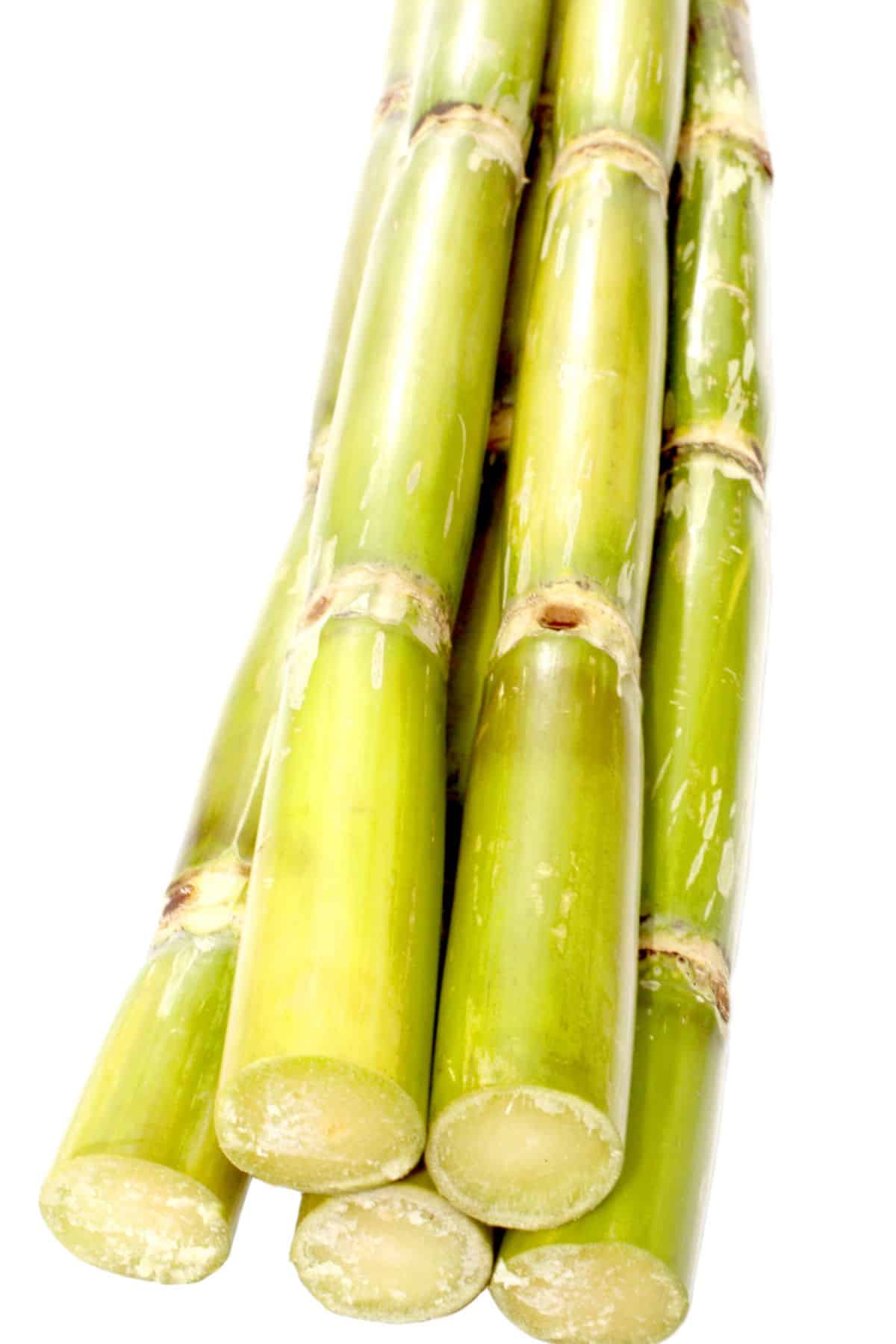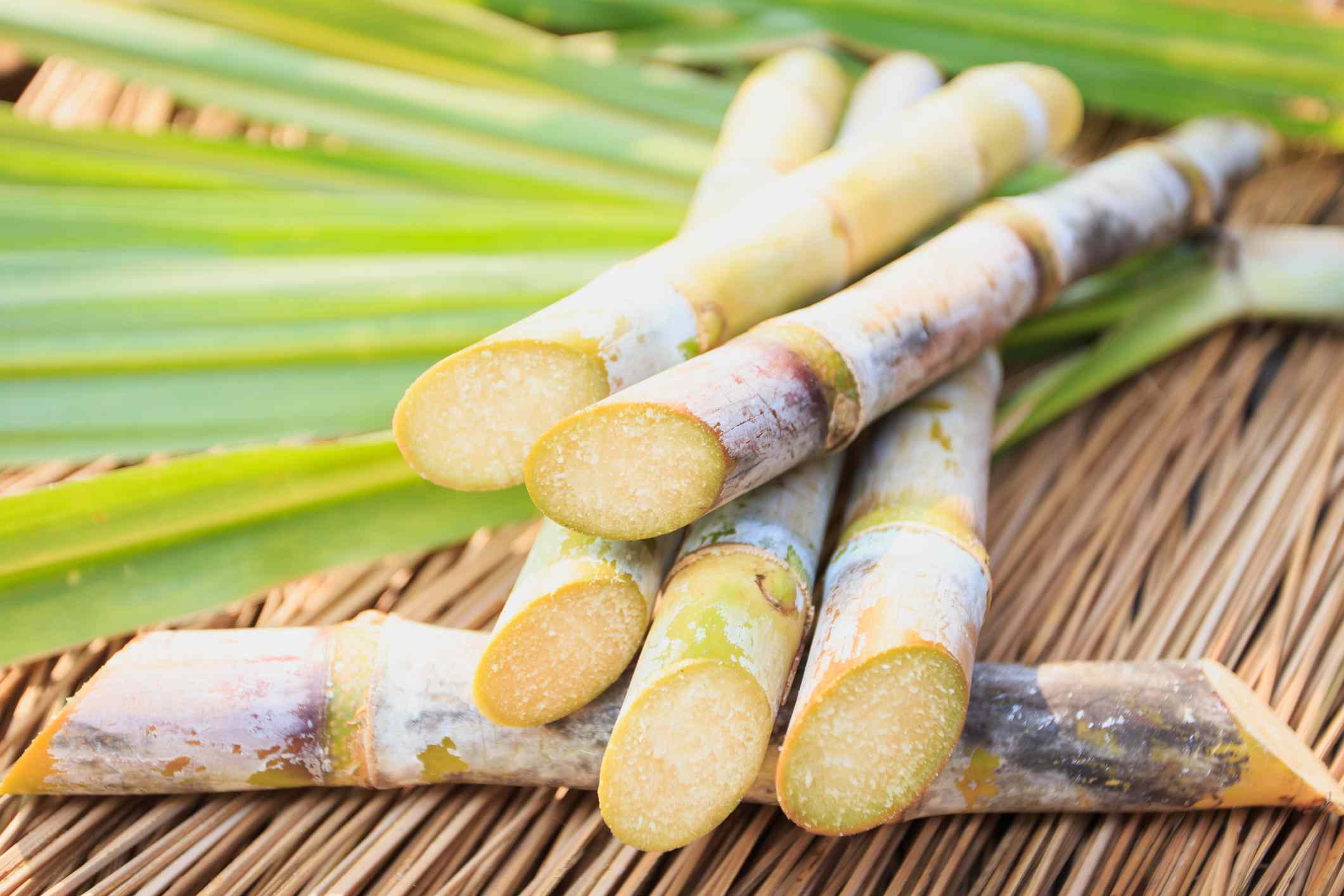The Trip of Cane Sugar Processing: From Harvest to Crystals
The Trip of Cane Sugar Processing: From Harvest to Crystals
Blog Article
Exploring the Comprehensive Steps Included in Walking Stick Sugar Handling From Gathering to Refinement
The procedure of walking stick sugar manufacturing includes a collection of complex actions, starting with the mindful harvesting of sugarcane and culminating in the improvement stages that guarantee the final item meets sector standards. Each stage, from the extraction of juice to the filtration and condensation procedures, plays a crucial function in figuring out the quality and character of the sugar. Recognizing these stages not just highlights the complexity of sugar manufacturing but likewise elevates vital questions regarding performance, sustainability, and advancement in the sector. What ramifications do these factors have for future methods?
Collecting Sugarcane
Gathering sugarcane is an important step in the cane sugar processing chain, as it directly influences the top quality and return of the last item. Correct timing and strategies are crucial throughout this stage to make certain optimum sugar web content and lessen losses. Normally, sugarcane is harvested when it reaches maturity, usually 12 to 18 months after growing, defined by a high sucrose focus.

Post-harvest, the sugarcane must be refined promptly to avoid sucrose destruction. Preferably, gathered cane should be moved to refining centers within 24 hr to preserve sugar top quality. Therefore, reliable logistical preparation is vital to preserve the integrity of the collected crop throughout the supply chain.
Extraction Process

The crushed walking stick goes through a series of pressing procedures to maximize juice recovery. Normally, hot water is sprayed onto the smashed walking stick, creating a countercurrent flow that helps liquify the sugar while likewise aiding in the removal procedure. The juice gathered from this operation contains not just sugar however also numerous organic compounds and contaminations.

To improve removal performance, some facilities might employ diffusion methods, where the sugarcane is soaked in warm water, allowing the soluble sugars to diffuse into the liquid. The resulting juice, rich in sucrose, is then directed to succeeding handling stages, laying the foundation for filtration and improvement. The removal procedure is therefore crucial in determining the high quality and return of the final sugar item.
Filtration Strategies
The filtration methods utilized in walking stick sugar processing are important for changing the raw juice right into a top quality sugar product. These methods primarily intend to get rid of contaminations, such as dirt, plant materials, and inorganic substances, which can detrimentally affect the final item's taste and color.
This process involves including lime and heat to the raw juice, which promotes the coagulation of pollutants. Additionally, the use of phosphoric acid can boost the information process by web link additional binding impurities.
An additional substantial strategy is carbonatation, where carbon dioxide is presented to the cleared up juice. This response produces calcium carbonate, which records remaining contaminations and promotes their elimination.
Additionally, turned on carbon treatment might be used to adsorb any continuing to be colorants and organic pollutants, guaranteeing an extra refined item. The combination of these approaches efficiently prepares the sugar juice for succeeding steps in the refining process, setting the the original source phase for the production of top quality walking cane sugar.
Crystallization Techniques
After the filtration stage, the next important action in walking stick sugar handling involves crystallization methods, which play an essential duty in transforming the cleared up juice right into strong sugar. This procedure usually uses two primary techniques: spontaneous condensation and regulated condensation.
In spontaneous crystallization, supersaturated sugar services are enabled to cool down normally, leading to the formation of sugar crystals with time. This approach is less complex but may result in uneven crystal dimensions and lower pureness degrees. On the various other hand, regulated formation is an extra accurate strategy where temperature level, seeding, and focus representatives are diligently managed. This method permits the uniform growth of sugar crystals and greater pureness.
Throughout formation, the clarified juice is focused via dissipation, boosting its sugar material until it reaches supersaturation. As soon as this factor is accomplished, either method can facilitate the formation procedure. Cane Sugar Processing. The resultant sugar crystals are after that separated from the staying syrup through centrifugation
Eventually, the selection of crystallization approach impacts the quality, dimension, and purity of the final sugar item, making this action crucial in the overall cane sugar handling procedure.
Improvement and Product Packaging
Exactly how can the pureness and top quality of walking cane sugar be additionally enhanced after condensation? The improvement procedure plays a crucial role in attaining premium walking cane sugar. Adhering to crystallization, sugar goes through a detailed washing to eliminate impurities and residual molasses. This is generally completed utilizing cozy water or heavy steam, which aids liquify and draw out unwanted elements while protecting the sugar crystals.
Next, the sugar undergoes a process called centrifugation, where it is rotated at broadband to separate the detoxified sugar crystals from the remaining fluid. After centrifugation, the sugar is often additional improved via an approach called carbonization or phosphatation, visit homepage which uses turned on carbon or phosphoric acid to remove color and off-flavors.
Once fine-tuned, the sugar is dried out to accomplish the wanted dampness content, making sure that it continues to be stable during storage and transport. The last action involves packaging the refined sugar in moisture-proof and closed containers to preserve its top quality and protect against contamination. Cane Sugar Processing. Proper packaging not only extends life span yet additionally helps with easy handling and distribution, making sure that consumers obtain sugar that meets the highest standards of purity and quality
Conclusion
The extensive steps associated with walking stick sugar processing, from the careful harvesting of sugarcane to the intricate improvement and product packaging stages, emphasize the value of each phase in ensuring high-quality sugar production. Optimum harvesting techniques, efficient extraction techniques, and extensive filtration processes collectively add to the last item's purity and stability. The condensation and succeeding product packaging practices further boost the stability and life span of the sugar, highlighting the complexity and accuracy intrinsic in this crucial agricultural sector.
The process of walking cane sugar production includes a collection of elaborate steps, starting with the cautious harvesting of sugarcane and culminating in the refinement phases that guarantee the last item meets sector standards. Preferably, gathered cane needs to be transported to refining facilities within 24 hours to preserve sugar top quality.In spontaneous condensation, supersaturated sugar solutions are enabled to cool normally, leading to the development of sugar crystals over time - Cane Sugar Processing. The refinement procedure plays an important role in accomplishing top quality walking cane sugar.The extensive steps entailed in walking stick sugar handling, from the precise harvesting of sugarcane to the detailed refinement and product packaging phases, underscore the value of each phase in making sure high-quality sugar production
Report this page